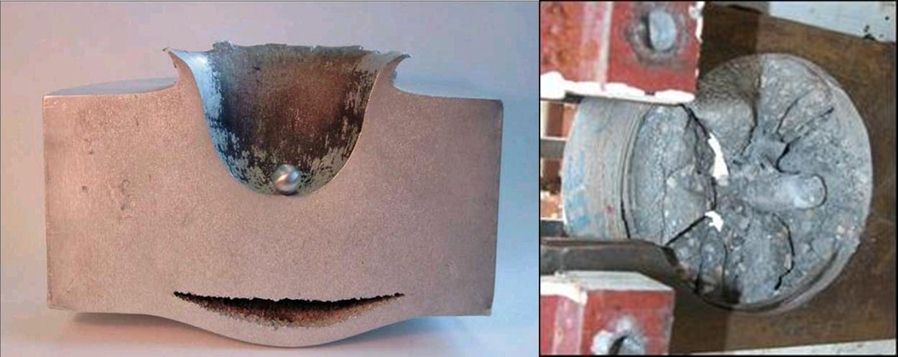Penetration Modeling with LS-DYNA

Damage and Failure Modeling - Video
First 12 minutes of 3 hour presentation - View Full Screen
Penetration Class PDF Download
Abstract
Penetration events form a class of simulation environments well suited to the solution capabilities of LS-DYNA. LS-DYNA is unique in offering the analyst the choice of Lagrange, Eulerian (MM-ALE) and Meshfree Methods, and combinations of these methods, for simulating high energy events such as penetration and perforation. In addition to high energy, these events are typically associated with large deformations, damage, and failure both on the material and structural level. During the past decade successful modeling of such damage and failure has moved steadily from a ‘Black Art’ to a widely accepted engineering practice.
This class focuses on the application of LS-DYNA for the simulation of high energy events. The analysis methods, and modeling, are illustrated through case studies. An emphasis is placed on modeling techniques: guidelines for which technique(s) to select, insights into which techniques work well and when, and possible pitfalls in modeling choice selections. Sufficient mathematical theory is presented for each technique to provide the typical user with adequate knowledge to confidently apply the appropriate analysis technique. However, this training class is not a substitute for the in-depth treatments presented in the associated LS-DYNA training classes, i.e. ALE/Eulerian & Fluid Structure Interaction, Advanced ALE, and Smoothed Particle Hydrodynamics in LS-DYNA.
Intended Audience
This training class is intended for the LS-DYNA analyst possessing a comfortable command of the LS-DYNA keywords and options associated with typical Lagrange analyses. The training class will attempt to provide the analyst with the additional tools and knowledge required to model the above described class of high energy events. The typical attendee is likely to have a background in defense applications, to include protective structures and vehicle vulnerability, homeland defense topics, and terrorist threat mitigation techniques. Because the class uses example problems to illustrate concepts and techniques, numerous modeling ‘tricks’ and options are discussed, and this knowledge would benefit any LS-DYNA user. Non-LS-DYNA users have taken this class and benefited as many explicit codes have similar capabilities.
Daily Class Schedule
Day 1
Opening Remarks (Len)
Introduction to Penetration Mechanics – Erosion Techniques (Len)
Constitutive, Failure and Damage Modeling:
- Metals – Johnson-Cook Model – Parameter Identification (Len)
- Damage & Failure Modeling (Paul)
Concrete & Geomaterials – Simplified Input Concrete Models (Len)
Day 2
Explosively Formed Projectiles and Shaped Charges (Paul)
MM-ALE Perforation Case Study (Len)
Smooth Particle Hydrodynamics (SPH) — A Primer (Len)
SPH Perforation Case Study (Len)
Penetration Workshop — Embedded Projectile Detonation (Paul)